By Alex Isbell
Since 1988, Democrats have dominated almost every aspect of Washington state politics, from House seats to the Senate to statewide offices.
As 2018 midterm elections approach, electoral maps paint Washington as a deeply blue state, but this hides Washington’s deeply divided reality.
On Mercer Island, our view of Washington state is tainted by the towering shadows of Seattle and Bellevue. Our location in urban King County hides the geographic reality of the Evergreen State, with 30 of the 39 counties—nearly every county east of the Cascades—qualifying as rural.
This proverbial “Cascade Curtain” splits the state into Western Washington, where tech companies are thriving, and Eastern Washington, where farming is prevalent.
From this deep divergence grew a cultural and political division so severe that Ralph Munro, former Washington Secretary of State, famously described the state as two conflicting sections: the liberal “Space Needle State,” which focuses on social issues, and the conservative “Goat Rocks State” which focuses more on property-based issues. The Goat Rocks are an area of wilderness from which the view of Seattle is obscured by Mount Rainier.
The political trend of urban areas voting Democrat and rural areas voting Republican isn’t unique to Washington. The influence of geography on politics is evident across the nation, and is attributed mainly to the two populations’ differences in values, needs, and demographics.
In Seattle, the population is comprised of mostly young, highly-educated people and immigrants, attracted by the booming tech industries and growing job market. In comparison to the national average, Seattle has nine point nine percent more foreign born residents, and we rank ninth in the country for population of bachelor degree holders. Both these groups tend to vote Democrat.
Division isn’t always bad. Battleground states—states where two political parties are constantly competing for power—breed debate and open forums, and its residents are often treated to both sides of every issue. Washington state’s division, however, isn’t as balanced.
According to the Washington Office of Financial Management, the population of the eight bluest counties in the state (King, Snohomish, Skagit, Whatcom, San Juan Island, Jefferson, Kitsap, and Thurston, all in Western Washington) accounted for 54 percent of Washington state’s population in 2016. King and Snohomish, arguably the most liberal counties, make up more than 40 percent of the population alone. These two also happen to be the fastest growing counties, with King County boasting a population growth of 5.25 percent in the past year—31 percent of the overall state growth.
This concentration of population allots most of the political power to a select few areas, all located in arguably one of the strongest and fastest growing liberal bubbles in the country. Western Washington counties aren’t only isolated from their Eastern neighbors, but also hold majority control of the state government.
The control allows political ideas to thrive without meeting resistance, while the geographic separation prevents the exposure of opposing opinions, resulting in the politically homogeneous nature of the area on the Western side of the Cascades.
“In my classes, I constantly say things like, ‘You guys don’t understand. You’re the only pocket of this kind of liberalism in all of the entire country. It’s just this county, you’re the only people like you,’” said MIHS teacher Curtis Johnston.
When counties become overwhelmingly liberal, they risk becoming too partisan. King County residents are often accused of voting based on party lines instead of substance, with Seattle known as a “blue-no-matter-who” state.
This is fueled by a lack of voter education. Typically, people are who surrounded by a certain set of values tend to adopt them without making up their own minds. In these environments, embracing one political party while bashing the other tends to become a knee jerk response, instilled in impressionable young people and allowed to pervade without regulation.
“People create their political opinion off of their parents, the culture around them, the atmosphere, the tradition in the area where they were raised,” said MIHS History teacher Dino Annest. “People follow trends of where they were raised.”
Not only does this discourage individual and critical thought, but it also creates a dangerous herd mentality and a willingness to follow anyone who shares similar views.
“Unchecked enthusiasm is not very healthy,” Johnston said. “I do think that competing opinions does resolve issues and forces people to take a stand.”
In addition, living in an extremely partisan area can leave people uninterested in local politics.
“I think one of the effects of having an incredibly blue atmosphere is that people assume, ‘Well the state’s going to vote blue anyway, I don’t need to vote,’” said Annest. “So they assume, ‘If I voted differently at all, it wouldn’t be enough to make a change, and I don’t need to vote Democrat because everybody else is already doing that.’”
Because urban and rural people usually face very different issues in their everyday life, when fewer conservatives are elected, the rural population feels as if their problems aren’t being properly addressed. Local elections becoming a foregone conclusion creates the illusion of a lost democracy, where rural voices are smothered.
As midterms approach, Democrats are fiercely hoping to retake the House and Senate, while Republicans are reacting to Democrat fervor with an intensity of their own.
With these two groups at each other’s necks, the political environment has turned toxic all over America—including Washington state.
“The apathy for liberals is, “It doesn’t really matter what we say or do anyway, we’re still going to be liberal over here,” but for the Republicans, they’re still really upset over the last eight years,” Johnston said. “They feel like not only did the liberals get their way, but they were snooty about it and mean about it and spiteful, and so they’re just kind of reacting back.”
Repairing this division will not be an easy task. Many who grow up in an overwhelmingly partisan area are unlikely to relent their opinion.
And, just as demographics shape political opinion, political opinion shapes demographics. Seattle’s population continues to grow at an exponential rate, with many attracted to Seattle’s progressive climate, while Eastern Washington’s population dwindles as people who feel they have no political power move away.
Washington state voters must make an effort to support candidates based on substance, not party lines.
“Get educated on both sides so you can argue on both sides,” Annest advised. “If you can’t argue both sides, then you don’t see the other side and you can’t have balance or make a good decision.”


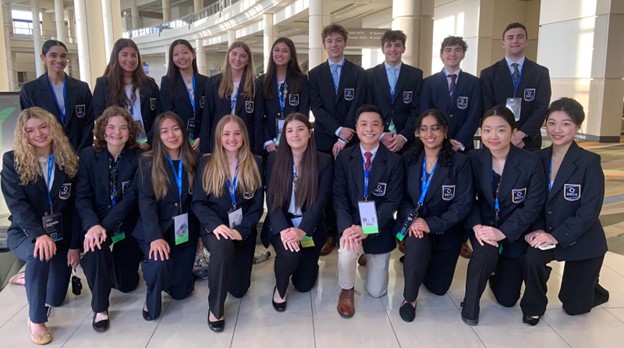


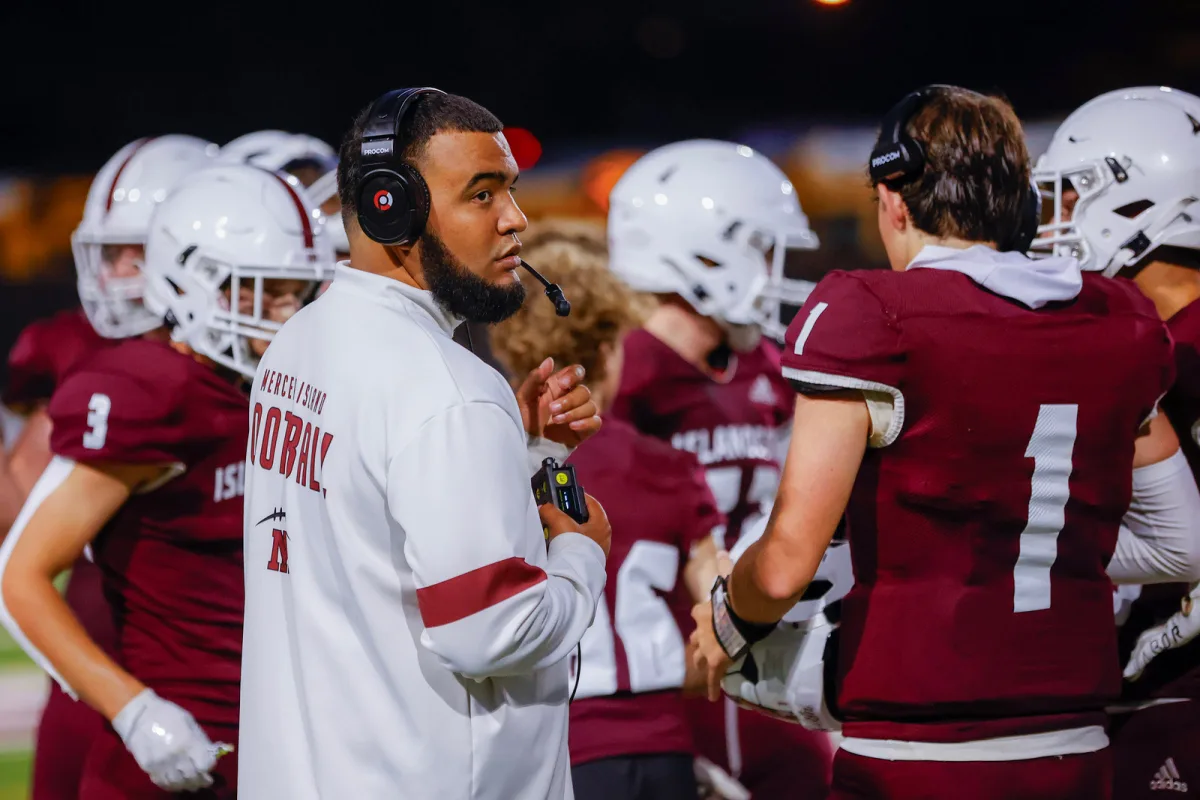
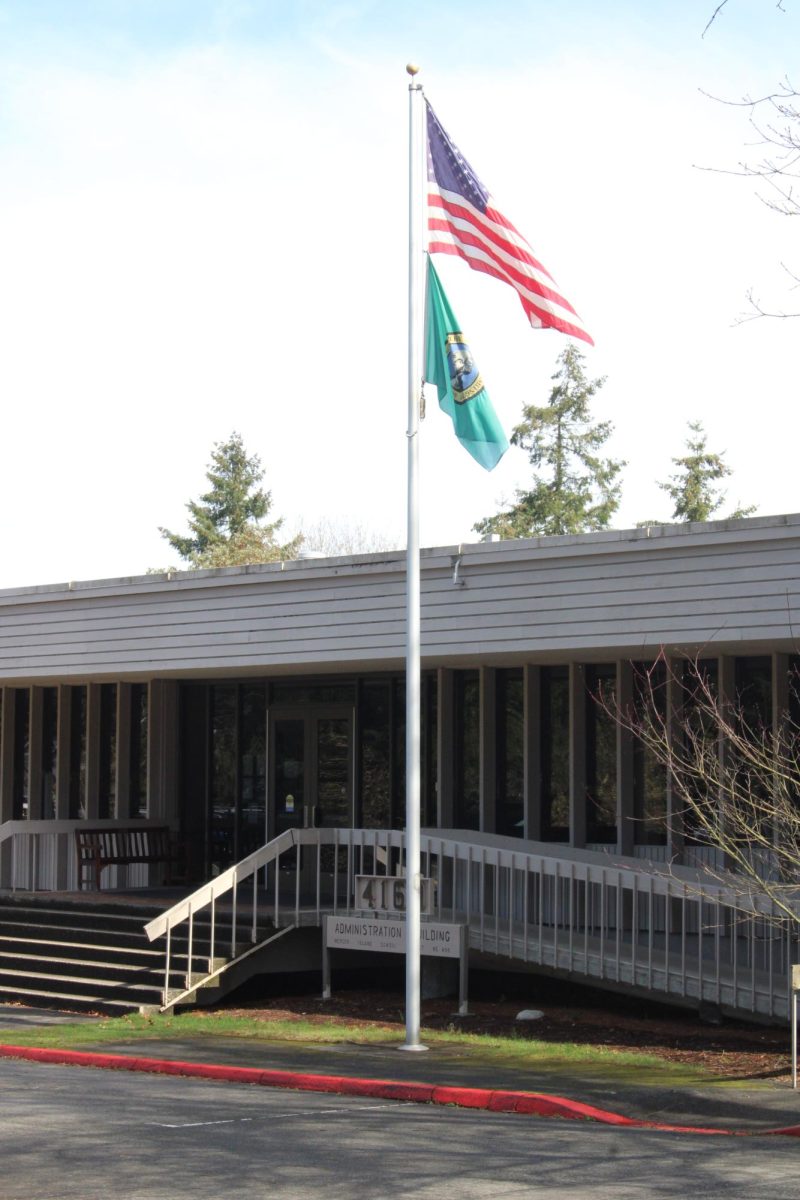
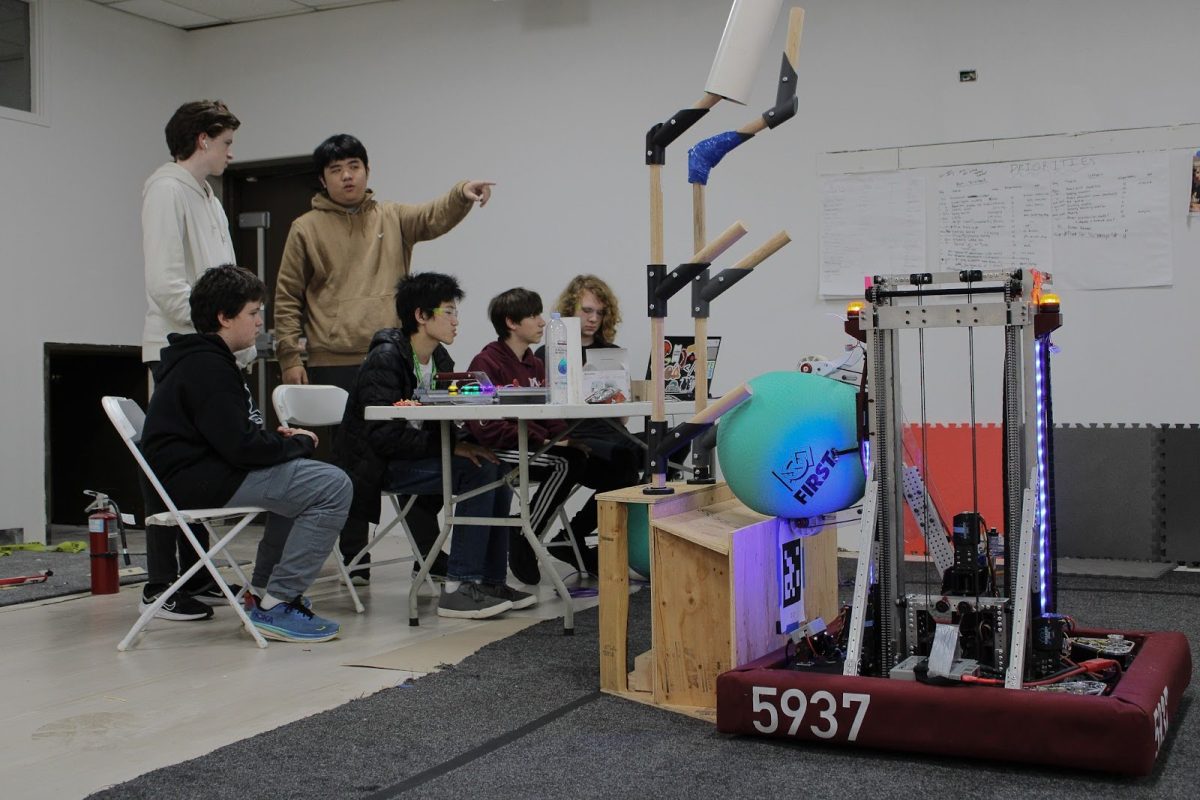
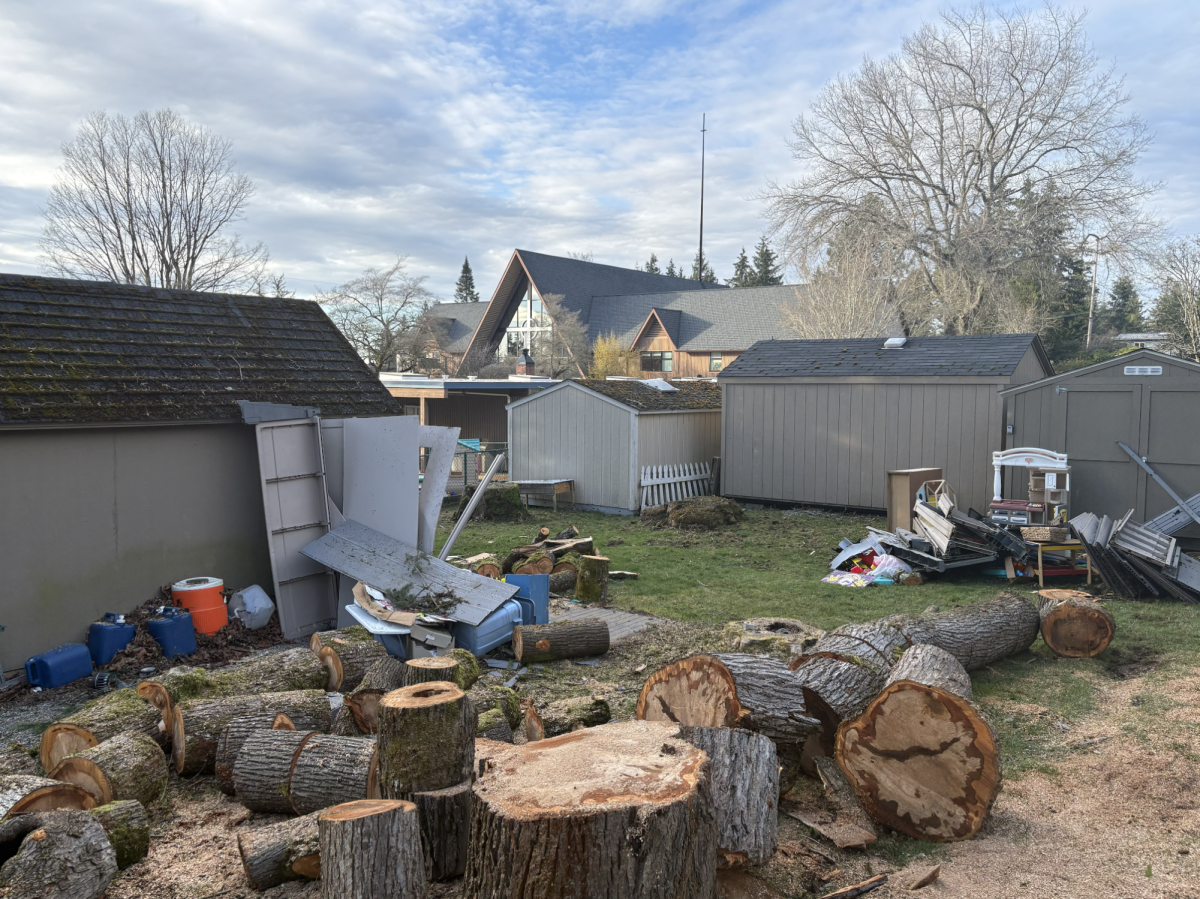

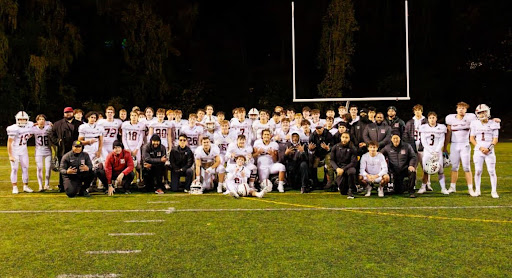
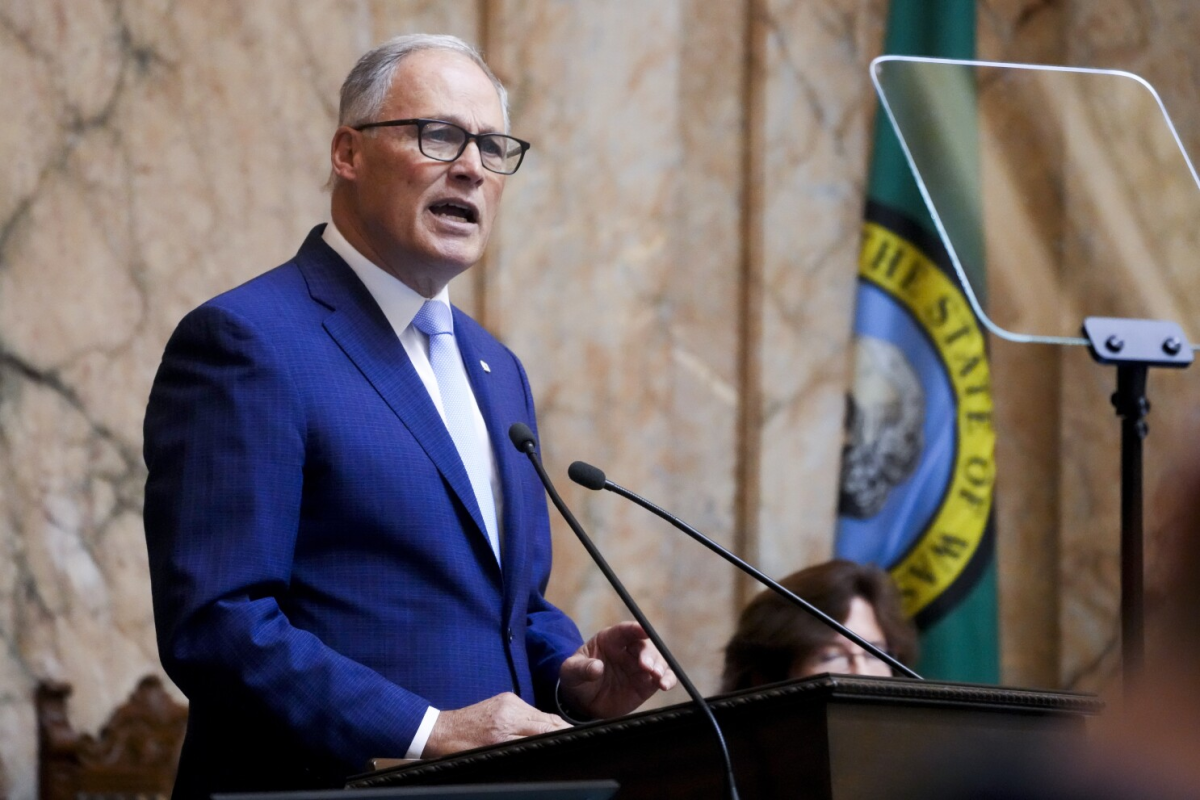
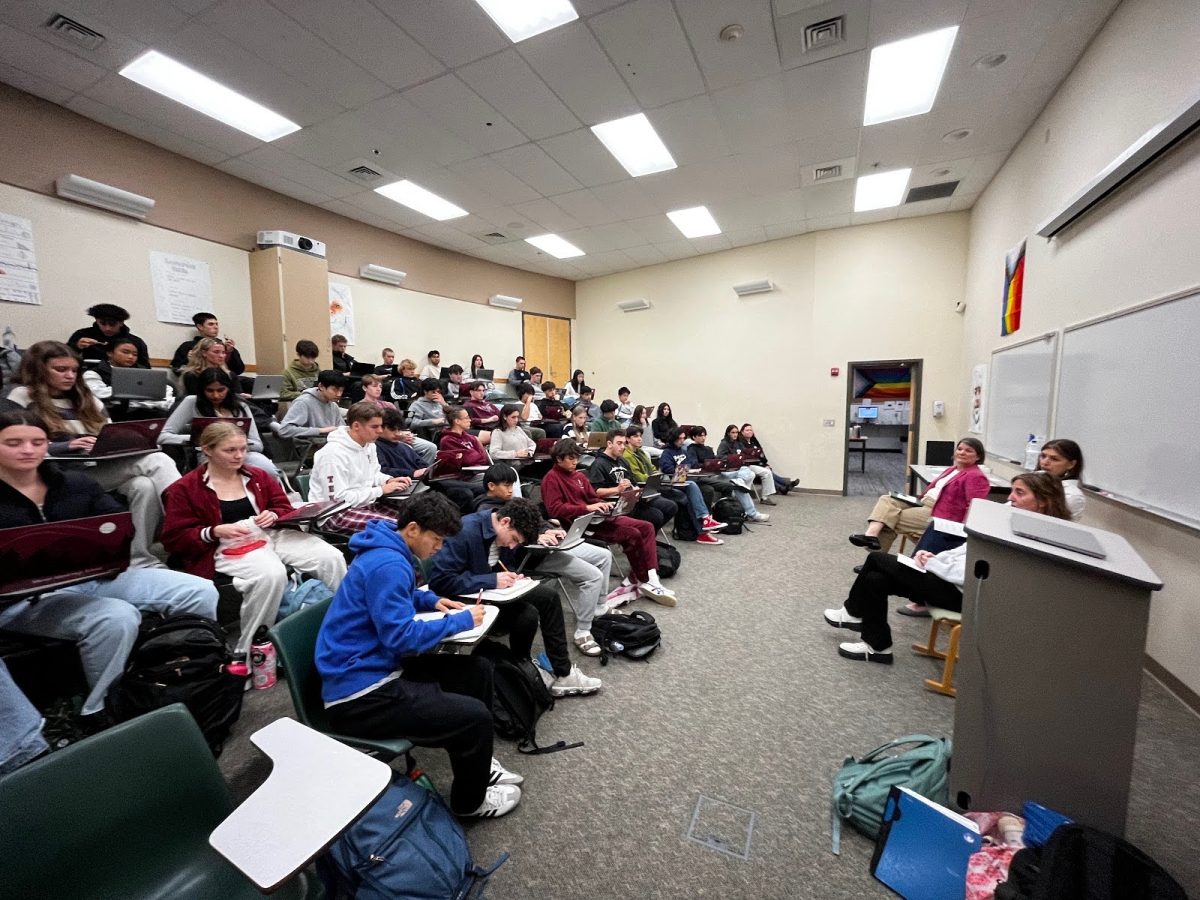

RendSween • Jun 11, 2020 at 4:27 am
viagra cialis o levitra cual es mejor [url=https://buycialisuss.com/]Cialis[/url] Kamagra Flavoured Soft Tabs 100mg cialis 5 mg Viagra Kaufen Ohne Vorkasse